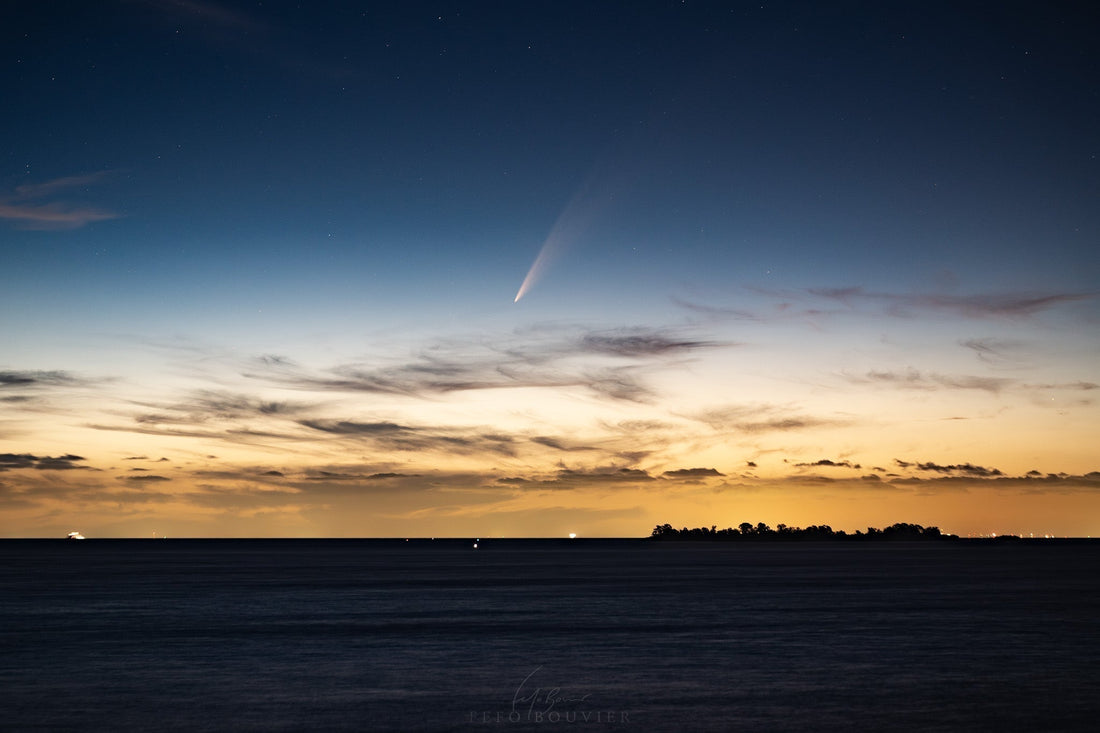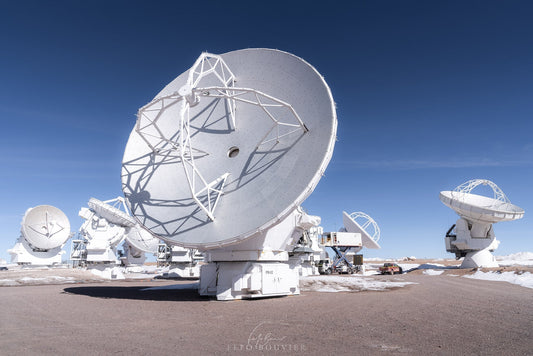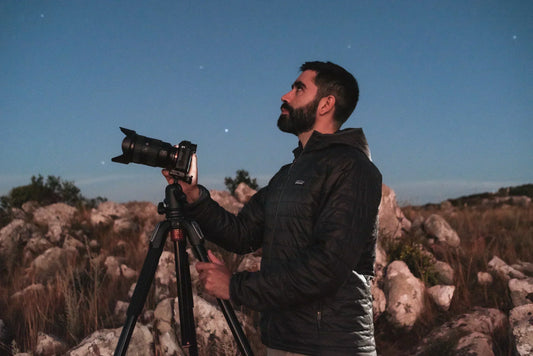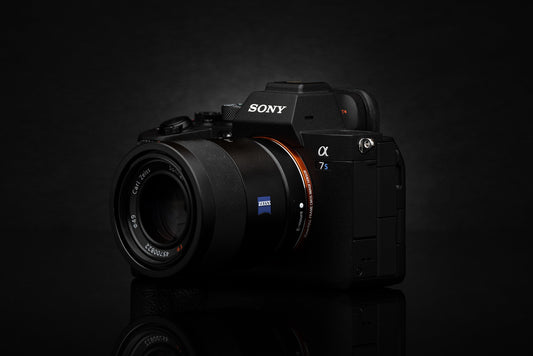Comet ATLAS C/2024 G3 was discovered in April 2024 by the Asteroid Terrestrial-impact Last Alert System (ATLAS) and reached its perihelion, the closest point to the Sun, on 13 January 2025.
Thanks to images from the LASCO C3 instrument on the SOHO spacecraft we were able to see it even brighter in the near-Sun images than comet C/2023 A3 (Tsuchinshan-ATLAS), the brightest comet in 27 years, which was visible in the sky only a few months ago.

Photo by Fefo Bouvier. Comet Tsuchinshan-ATLAS A3 on October 20, 2024, from Colonia, Uruguay. Comet Tsuchinshan-ATLAS A3 was the brightest comet of 2024.
Just two days later, comet ATLAS G3 was already visible to the naked eye in the southern hemisphere skies during evening twilight.
As the days passed and as it moved away from the Sun, it became more clearly visible against a darker sky, making it easier to see with the naked eye and allowing more detail to be captured through astrophotography.
Around 20 January 2025, it probably reached its maximum splendour, at least from a photographic point of view.

Photo by Fefo Bouvier. Comet ATLAS (C/2024 G3) over the Río de la Plata and San Gabriel Island, as seen from Colonia del Sacramento, Uruguay, on January 20, 2025.
Thereafter, its nucleus became less prominent day by day, indicating a possible disintegration. Despite this, the comet retained the shape of its tail, resulting in a ‘headless’ comet similar to comet Lovejoy in 2011.
It is still possible to find it on the western horizon after sunset. You can observe it with binoculars or small telescopes.
How bright is comet ATLAS?
The website In-the-Sky predicted that the comet reached magnitud -4.9 during its closes passage to the Sun on January 13, 2025. Such a bright object would be visible in the daytime sky, but at the time it was too close to the Sun to be observed. The comet is now moving away from the Sun and has lost brightness, but it is still bright enough to be seen through binoculars and small telescopes. It is even still an interesting subject for astrophotography.
Photo by Fefo Bouvier. Comet ATLAS (C/2024 G3) over the Río de la Plata and San Gabriel Island, as seen from Colonia del Sacramento, Uruguay, on January 16, 2025.
How to see comet ATLAS
If you live in the southern hemisphere, look for it about an hour after sunset for the rest of January and the beginning of February. The comet appears in the direction of the setting sun.
Is it possible to see comet ATLAS with the naked eye?
The comet may still be visible to the naked eye for those with astronomical observing experience and eagle eyesight. For the rest of us, I recommend using binoculars.
Is it possible to photograph comet ATLAS?
Definitely. You will need a camera that allows you to capture long exposures.
How long will it be possible to see and photograph comet ATLAS?
The comet will be visible through binoculars and in astrophotographs during the nights throughout January and the beginning of February.
Practical tips for observing comet ATLAS:
- Look for dark skies: Stay away from city lights to get a clearer view of the comet over the western horizon.
- Use instruments: Try with binoculars or a small telescope first so you can find it faster. Then try to find it with the naked eye. Good luck!
- Use astronomy apps: Apps like Stellarium will help you locate it in the sky.
I will keep this article updated as new information becomes available and if I manage to capture it in more pictures.







3 comments
Muchas gracias por compartir tus fotos, son espectaculares!!!!
Espectaculares fotos!!! Felicitaciones!!!
Increíble las fotos felicitaciones 👏👏